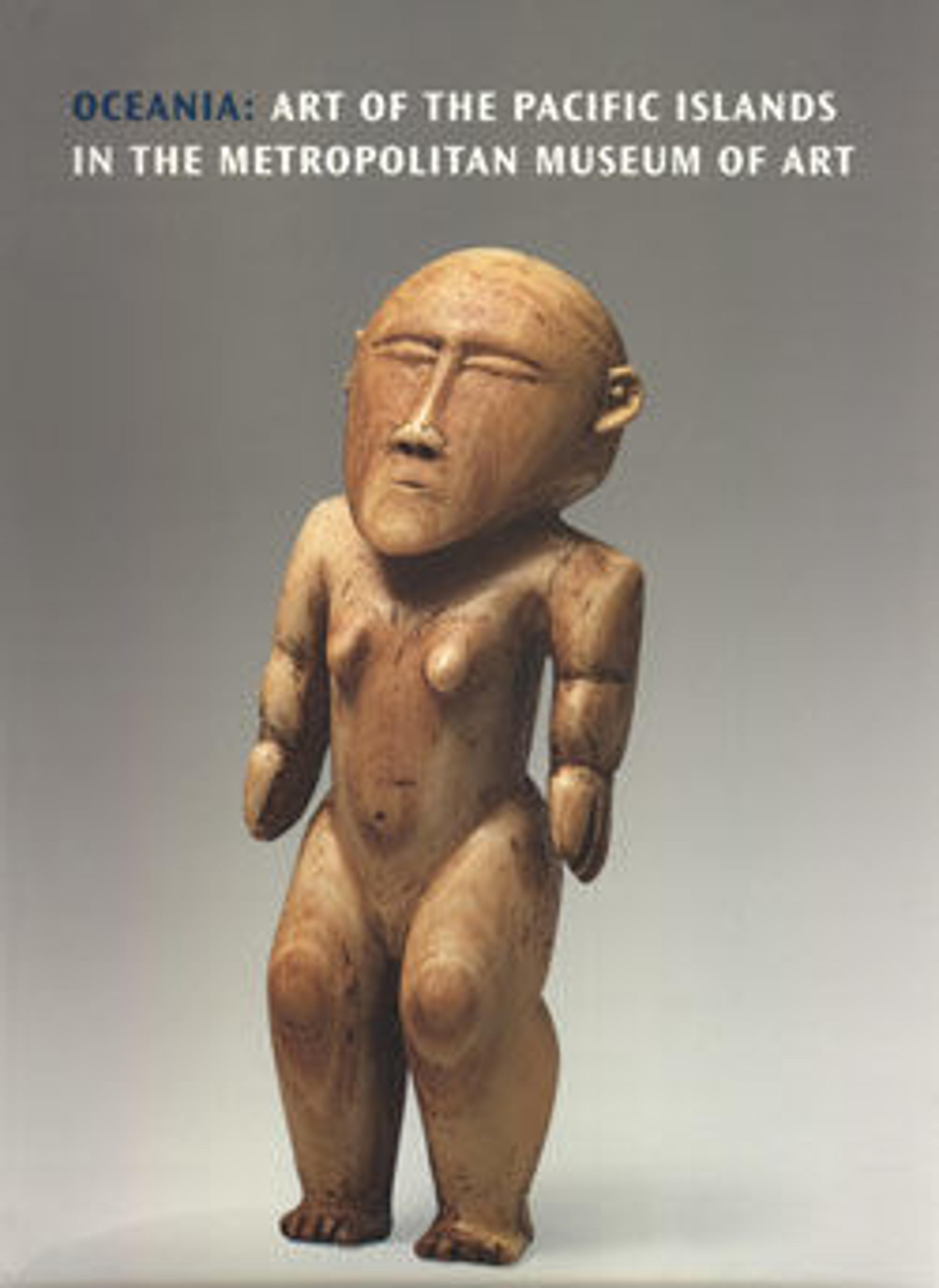Turtle-Shaped Bowl (Darivonu)
In the past, most Polynesian societies were governed by hereditary chiefs, and chiefs remain highly influential in many Polynesian cultures today. Often, they are believed to be more directly descended from the gods than commoners, who constitute the majority of the population. Chiefs hold, or held, both sacred and secular authority. Many of Polynesia’s most refined decorative art forms were dedicated to marking the status and enriching the lives of chiefs. These include a diversity of jewelry, garments, weapons, and personal accessories. In many areas, necklaces or chest ornaments made from ivory or other precious materials served as insignia of chiefly rank. Almost all important objects had individual names and histories. Passed down as heirlooms, many were, and still are, regarded as living entities, infused with the supernatural power (mana) of the generations of ancestors
who have owned them.
who have owned them.
Artwork Details
- Title:Turtle-Shaped Bowl (Darivonu)
- Date:early 19th century
- Geography:Fiji
- Culture:Fijian
- Medium:Wood
- Dimensions:H. 6 × W. 22 × D. 18 7/8 in. (15.2 × 55.9 × 47.9 cm)
- Classification:Wood-Containers
- Credit Line:The Michael C. Rockefeller Memorial Collection, Bequest of Nelson A. Rockefeller, 1979
- Object Number:1979.206.1579
- Curatorial Department: The Michael C. Rockefeller Wing
More Artwork
Research Resources
The Met provides unparalleled resources for research and welcomes an international community of students and scholars. The Met's Open Access API is where creators and researchers can connect to the The Met collection. Open Access data and public domain images are available for unrestricted commercial and noncommercial use without permission or fee.
To request images under copyright and other restrictions, please use this Image Request form.
Feedback
We continue to research and examine historical and cultural context for objects in The Met collection. If you have comments or questions about this object record, please contact us using the form below. The Museum looks forward to receiving your comments.
